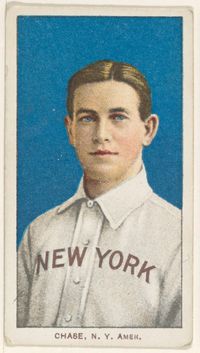
Group of Seven Horses
Hans Baldung (called Hans Baldung Grien)
An item at Metropolitan Museum of Art
In 1534 Baldung made three woodcuts of wild horses in a dark and dense forest, a subject unique to him that had neither precedent nor following. The prints are so idiosyncratic that they must have had strong personal meaning for him, then in about his fiftieth year. Even though the horses and their poses do not look entirely real, they are fascinating in their strangeness and intensity. This is the least overtly sexual of the three works, but it may be guessed that the stallions are fighting for possession of a mare. In the equestrian monument or portrait, in both antiquity and the Renaissance, the horse was deemed a noble creature, a fitting mount for the ruler or leader being glorified, and both Leonardo da Vinci and Dürer made plans for treatises on the ideal proportions of the horse. Also since antiquity, however, horses--both stallions and mares--were equally reputed to be extraordinarily lustful. Further, in Germanic folklore the horse was associated with evil forces often having to do with witchcraft. The larger subject of these woodcuts, with their violence and pent-up energy, is the power of forces beyond man's understanding or control, specifically the overwhelming strength of the carnal instinct.
Drawings and Prints
An exhibit at Metropolitan Museum of Art
The Department’s vast collection of works on paper comprises approximately 21,000 drawings, 1.2 million prints, and 12,000 illustrated books created in Europe and the Americas from about 1400 to the present day. Since its foundation in 1916, the Department has been committed to collecting a wide range of works on paper, which includes both pieces that are incredibly rare and lauded for their aesthetic appeal, as well as material that is more popular, functional, and ephemeral. The broad scope of the department’s collecting encourages questions of connoisseurship as well as those pertaining to function and context, and demonstrates the vital role that prints, drawings, and illustrated books have played throughout history.




